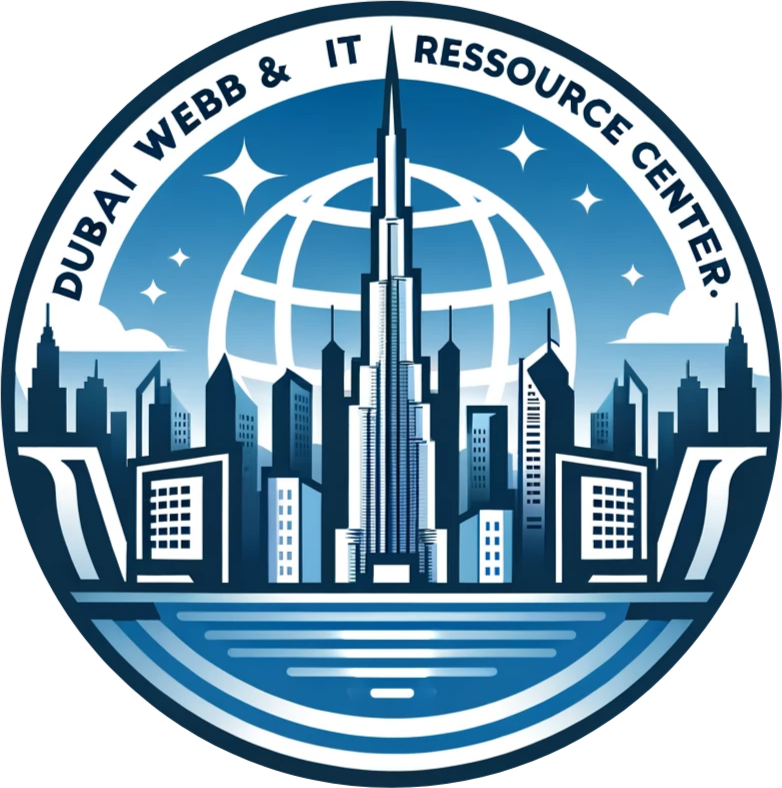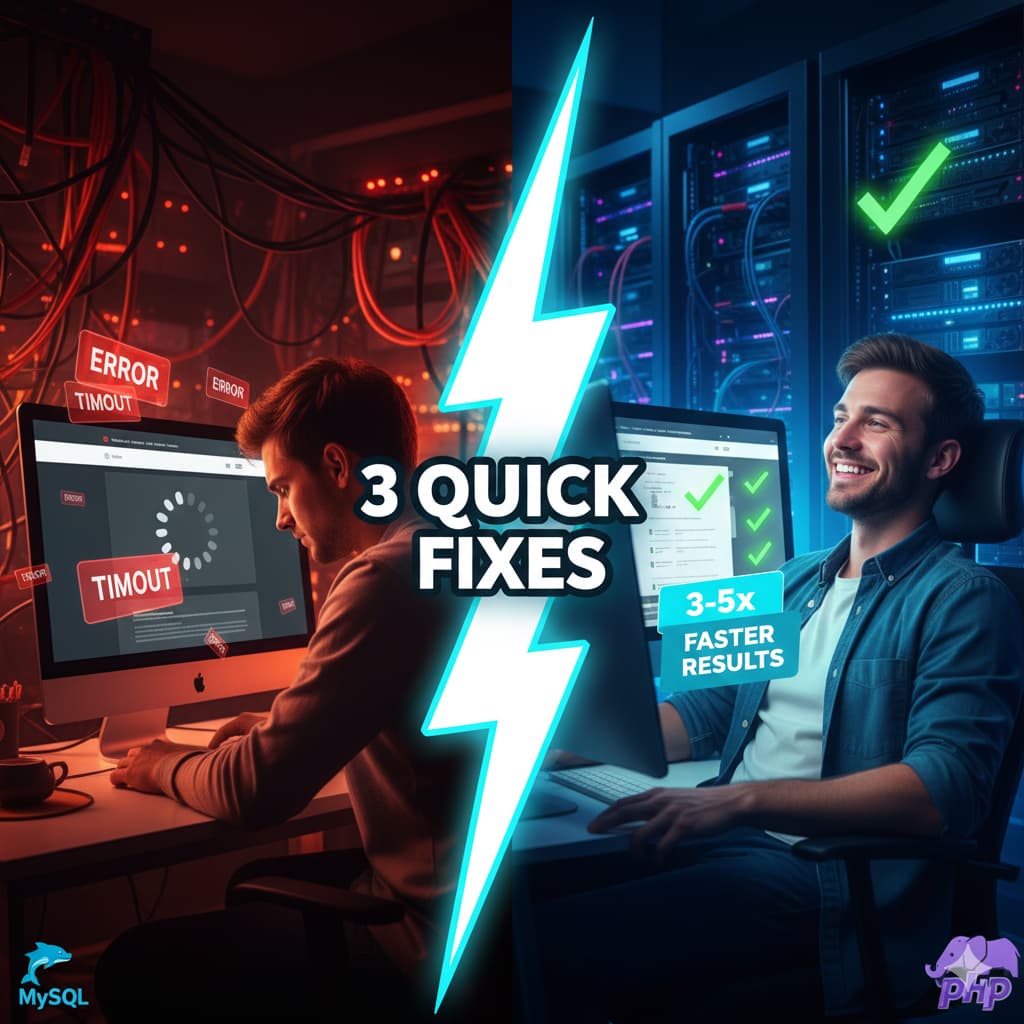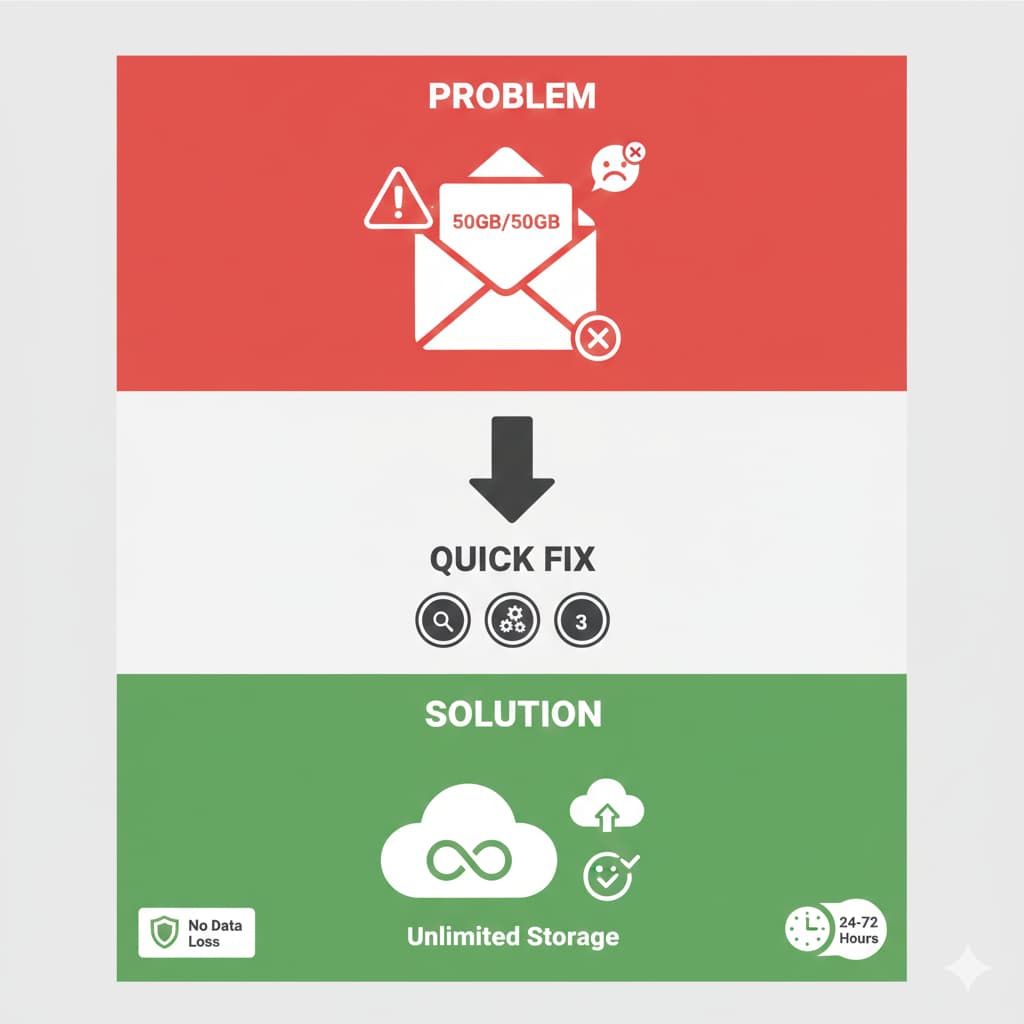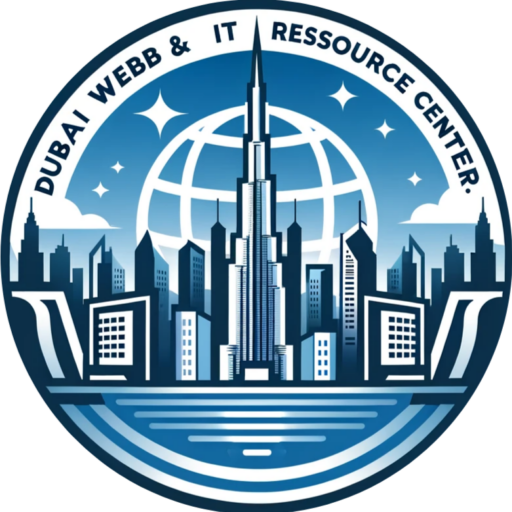Generally, today’s fast world sees more companies embracing remote work. Employees benefit from working flexibility and convenience while in their homes. To be successful, however, companies need the right IT solutions; these solutions help businesses maintain their productivity level, ensure continued communication, and support collaboration. Here’s the blog discussion on how IT solutions support remote work and how they contribute to a seamless work experience.
Secure Communication
For any remote work setup to be effective, there must be efficient communication. IT solutions include video conferencing, chat applications, and project management for maintaining contact. Zoom, Microsoft Teams, and Slack are accessible platforms through which groups can meet, share updates, and collaborate on projects. Such programs ensure every employee is updated at the precise time of need.
IT solutions also provide avenues for providing feedback and for holding discussions. Instant communication ensures that problems are solved instantly, and therefore, even a team in a remote setting enjoys teamwork-that is, a sense that is important in keeping the morale high. Applying such tools ensures teams don’t disintegrate and stay hooked and connected.
Facilitating Collaboration
One other aspect of remote work that is more important to consider is collaboration. IT solutions make it a lot easier for teams to work together while spread across the globe. By making use of cloud-based tools such as Google Workspace and Microsoft 365, employers can enable employees to collaborate on most types of documents, spreadsheets, and presentations simultaneously, so it’s less likely to have many versions of files floating around and confusion can be downed.
In addition, Trello and Asana tools for project management involve teamwork. From the first one, employees may be assigned a task and may set deadlines regarding the work. With them, everyone will be able to see exactly what they are supposed to do and the status of the project in general. Such encourages responsibility and guarantees successful progressive movement through the process of completing tasks.
Increased Productivity
Remote working can be a pretty challenging process in terms of productivity. IT solutions can also play a role in keeping employees on task and at the right amount of productivity working. There are various time management tools and productivity apps that may help keep the employee organizing the day properly. This will set users up, giving them goals, monitoring clock usage, and many other mechanisms in place for task management.
In addition, IT solutions would be able to provide employees with access to a source of tools with which they are adequately skilled to perform their work. For example, organizations can establish resource access to web-based training and development programs. This will allow employees to develop better skills that also keep them updated in their careers.
Conserving Remote Work Environments
Remote workers are one of the considerable threats to an organization’s security. In fact, IT solutions imply the protection of classified information and preserve data privacy. Protecting company networks by Virtual Private Networks that allow secure access to company networks also safeguards data from cyber-attacks via multi-factor authentication that increases safety.
Second, IT solutions provide organizations with the ability to monitor their users. Organizations can thereby look out for the time intrusions will take place. Businesses can hence offer an assurance of a safe remote working environment to employees.
Employee welfare is the most crucial aspect in which employees working in a remote workspace deliver their productivity levels. IT solutions help in the facilitation of healthy mental and physical well-being of employees in any organization. For instance, companies can offer wellness applications and services associated with the mental health of employees. There are applications that direct employees on how to manage stress and work on issues of work-life balance in order to ensure productivity is achieved.
Training and Onboarding
Training and onboarding people prove to be hard in a remote workplace, but IT solutions have made it an easy one for companies. Companies can offer training materials and resources online through Learning Management Systems. The process allows newly onboarded employees to learn at their own pace, get access to any information needed, and take the same at any point in time.
The video conferencing tools may also be used in live training sessions. The trainers will interact face-to-face with new employees while providing answers to all questions promptly. Using such IT solutions, companies are enabled to ensure that remote employees get the level of training necessary for success.
Conclusion
IT solutions play a very key role in the support of remote work. It makes it possible to communicate reliably, collaborate, and be productive. Also, it assures the security of the remote workplace environment while also supporting the well-being of employees. Businesses can create an integral experience in the setting of a remote work environment by investing in the right IT solutions; one that benefits the employee as well as the organization at large. As remote work will be in the future, companies need to embrace such technologies and various digital landscapes.








